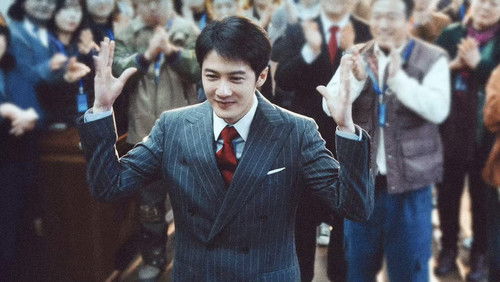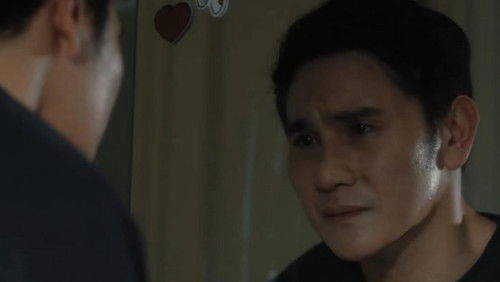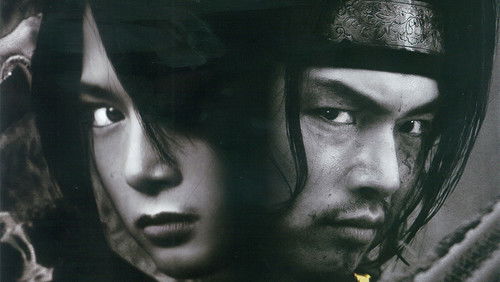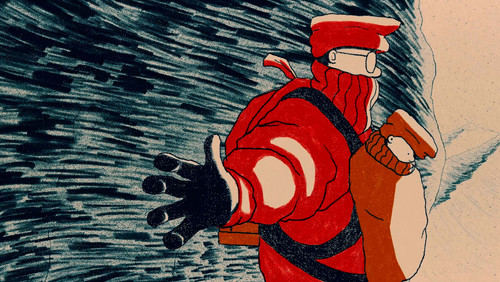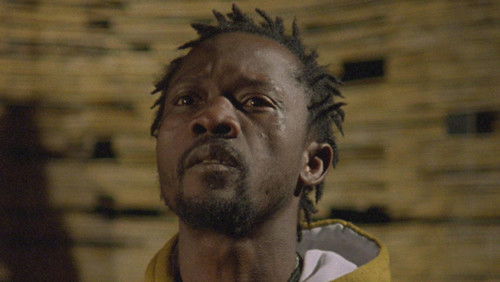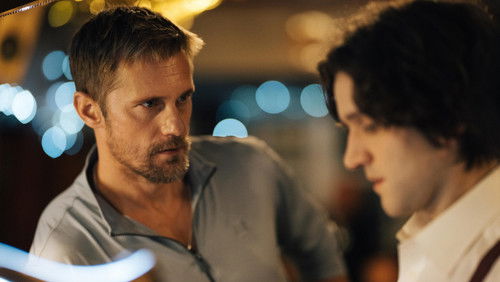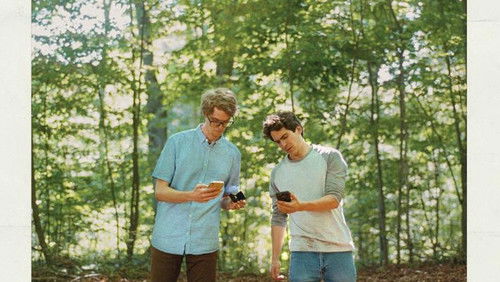Ana, mon amour (2017)
47KAna, mon amour: Directed by Cãlin Peter Netzer. With Mircea Postelnicu, Diana Cavallioti, Tania Popa, Igor Caras-Romanov. Toma and Ana meet as students in the literature faculty and quickly fall in love.
“Netzeru0026#39;s follow-up to the excellent Childu0026#39;s Pose (2013) shares some elements with its precursor, but takes a different angle to the emotional roots and psychological ties of family life. A complex and layered film, it is framed in the present, but plays with the chronology of events to suit its thematic anchors: how relationships shape their protagonists and create inherent tension, abiding by no morality punch- card. While pertinent and polished in its construction, I found it hard to stay connected emotionally, especially as the characters evolve elliptically and the change in their dynamic feels abrupt.u003cbr/u003eu003cbr/u003eOur couple is Toma and Ana, two lovers who meet during university and, more than anything, fall into a relationship. They are both cultured individuals and complete each other well, as Ana suffers from anxiety attacks and Toma is seemingly always there to support her. The movie proceeds to take us through the usual familial meet and greets, which prove traumatic and lay the groundworks for all the ensuing/existing psychological trauma. Those scenes have a sense of caricature about them, with u0026#39;traditionalu0026#39; values of partner screening proving funny and harrowing at the same time. But they prove to be just pieces of an ambitious human puzzle, which ends up taking us down an exploratory route devoid of superfluous emotion.u003cbr/u003eu003cbr/u003eAs an aside, some people in the cinema were taken aback by the explicitness of a sex scene, which I would rather deem justified, due to the Freudian aspects of Netzeru0026#39;s approach – and a meaningful character- building moment.u003cbr/u003eu003cbr/u003eThe attention to detail in fleshing out Ana and Toma provides the characters with a lot of depth. They are, as one would say, profoundly human in their imperfections and the manner in which this comes to the surface as their relationship evolves feels very true. The movie puts psychoanalysis at its core, turning it into an indirect plot device, which sometimes looks like a black box. More important though is how Ana and Toma react to change, in particular to Anau0026#39;s gradual self- empowerment (thanks to a mixture of religion and psychoanalysis), which fundamentally alters Tomau0026#39;s role as u0026#39;the saviouru0026#39;. It all becomes a matter of identity, of shaping and losing it, as defined by relationship roles, rather than intrinsic traits. Quite interestingly, the first scene finds the protagonists discussing Nietzscheu0026#39;s Beyond Good and Evil – the subjugation of morality to Christian dogma and the idea that good and evil are not quite opposites. By the end of the film, the overwhelming sense of some moral misappropriation between Ana and Toma can and, perhaps, should be seen through this lens, with no clear distinctions at hand for who is in the right and who might have been wronged.u003cbr/u003eu003cbr/u003eWhile all this is intense and fascinating stuff, the chronological structure creates a bridge I couldnu0026#39;t cross. On the one hand, the technical execution of the to and fro was handled well – itu0026#39;s impressive how different degrees of a receding hairline can create a sense of time. Although some nuances are lost, that ends up challenging the viewer and keeping him engaged. On the other hand, because of gaps in time, Ana is difficult to grasp. She becomes a completely different person, which goes so far as her accent changing, and due to the elliptical nature of the story, she also feels emotionally like a third character in the relationship. Whereas Toma is more consistent throughout, Ana is fractured, making her feel foreign and inauthentic. u003cbr/u003eu003cbr/u003eThis is part of the reason why the second half of the film lost some momentum. Upon its conclusion, which tries a little twist and then goes one mile too far by trying to explain it, I wasnu0026#39;t engaged any more. Itu0026#39;s a shame, because there is so much pain and sacrifice in Ana, Mon Amour that it really makes love feel like penance and weaves an exquisite psychological pattern to justify the claim. For the exploration it undertakes in what drives the two lead characters, both so well portrayed by Postelnicu and Cavallioti, it is commendable.”
